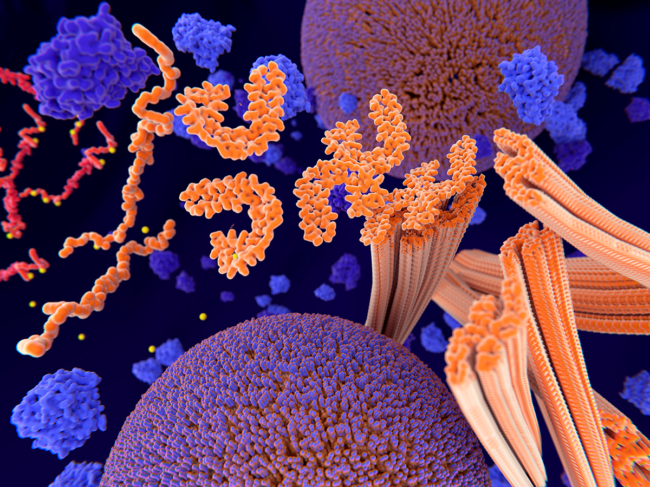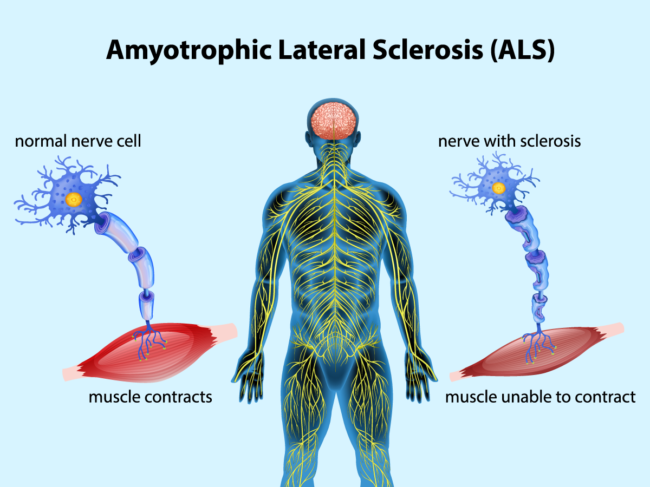
Neurology/psychiatric, BioWorld Science
Neurology/Psychiatric
PAV-174 inhibits tau protein phosphorylation and aggregation in vitro
Read MoreNeurology/Psychiatric
TREM2 agonist VG-3927 boosts microglial repair functions in models of AD
Read MoreNeurology/Psychiatric
Depymed’s DPM-1003 receives IND clearance for Rett syndrome evaluation
Read MoreNeurology/Psychiatric







